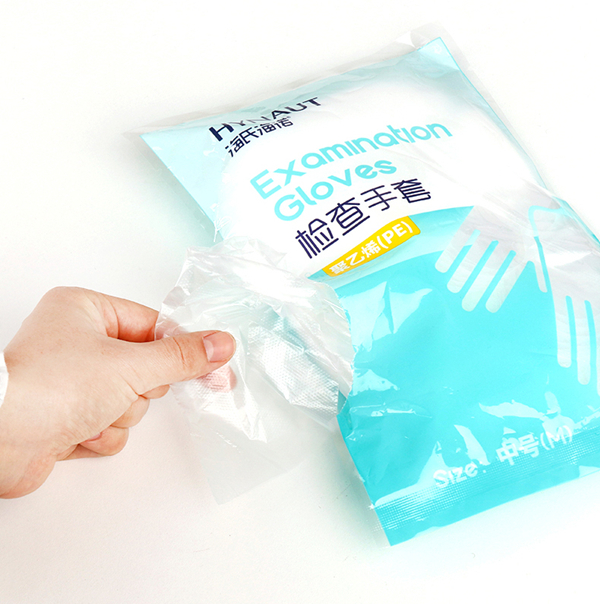
For the dental clinic, PE Gloves are an essential part of daily clinical tasks. Gloves are the fundamental protection against microbes and their transmission. However, PE Gloves also have to face some challenges, including: it is difficult to take off and wear gloves, poor fit with hands, easy to tear and perforation, latex allergy and so on. Few dentists can grasp the key information to judge the quality and clinical applicability of gloves. This report helps clinicians to meet the needs of high-quality clinicians in the selection of high-quality dentists.
In the past few years, the PE Gloves have changed greatly, and their advantages and disadvantages have been fully experienced by stomatologists. Among a variety of products replacing latex gloves, polychlorobutylene gloves are well known. At the same time, the inferior quality and strength of latex gloves are gradually reduced. Compared with the previous data, the thickness of the gloves decreased by 12% to 19%, and the cuff length of the gloves gradually shortened. Up to 12 mm. If latex gloves continue to add the amount of filler, it is possible to further sacrifice the strength.
In 2008, the U.S. Food and Drug Administration (FDA) revised the regulation more severely: the acceptable defects were reduced from 4% to 2.5%, that is, only one defect is allowed for every 40 pairs of gloves. However, there may be differences in the specifications implemented by major manufacturers. The manufacturer is not required to indicate the quality grade, test ineffectiveness and evaluate the comfort of inspection gloves before leaving the factory. In addition, cheap non sterile gloves are still a big challenge for many dentists.

